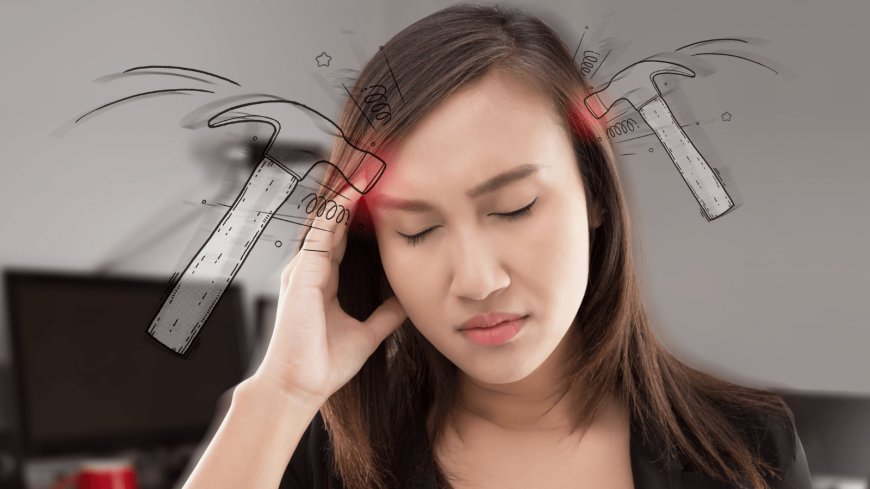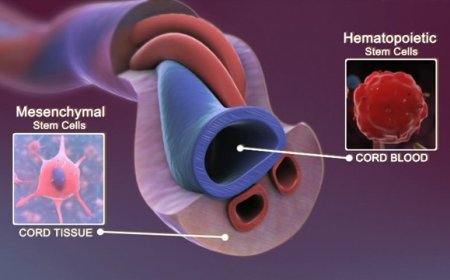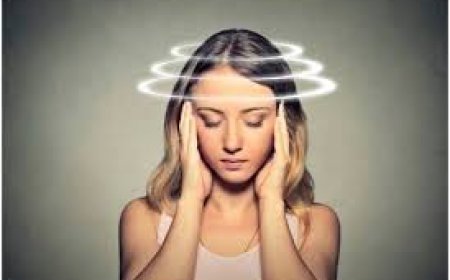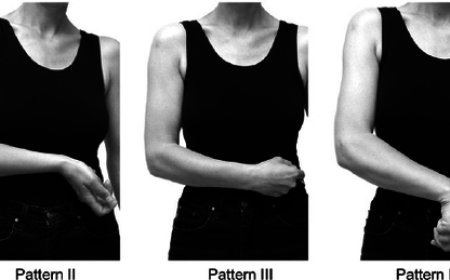Identifying and avoiding tension headaches

Introduction:
Tension headaches are a common type of headache that many children in India may experience. It is essential for kids and their families to understand how to identify and avoid tension headaches to maintain good health and well-being. This article aims to provide a simple and easy-to-understand explanation of tension headaches, their classification, causes, triggers, types, diagnostic tests, treatments, and prevention techniques.
What Are Tension Headaches? :
Tension headaches are a type of headache characterized by a dull, aching pain that feels like a tight band around the head. They are usually caused by muscle tension and stress and are one of the most common types of headaches experienced by children and adults.
Signs and Symptoms:
The signs and symptoms of tension headaches can include:
- Mild to Moderate Pain: The pain is typically described as a constant pressure or tightness on both sides of the head.
- Tightness in the Head and Neck: Children may feel their head and neck muscles are tense or tight.
- Headache Duration: Tension headaches can last from 30 minutes to several days.
- No Nausea or Vomiting: Unlike migraines, tension headaches usually do not cause nausea or vomiting.
How Are Tension Headaches Classified? :
Tension headaches are classified as primary headaches, which means they are not caused by an underlying medical condition.
Causes and Triggers:
The exact cause of tension headaches is not entirely understood, but some common triggers can include:
- Stress and Anxiety: Feeling stressed or anxious can lead to muscle tension and trigger headaches.
- Eyestrain: Prolonged screen time or reading in poor light can strain the eyes and contribute to headaches.
- Poor Posture: Sitting or standing in a slouched position can strain the neck and head muscles.
Risk Factors with Examples:
Some children may be more prone to tension headaches due to certain risk factors, such as:
- Family History: If a family member experiences tension headaches, the child may be at a higher risk.
- Sleep Disturbances: Not getting enough sleep or having irregular sleep patterns can increase the likelihood of headaches.
Types of Tension Headaches with Detailing for Each Type:
Tension headaches are generally classified into two types:
- Episodic Tension Headaches: These occur sporadically and can last for a few hours to a few days.
- Chronic Tension Headaches: These occur more frequently and can last for days or even months.
Diagnostic Tests and Treatments:
In most cases, doctors can diagnose tension headaches based on the child's symptoms and medical history. Diagnostic tests are not usually necessary for tension headaches.
Treatment options may include:
- Rest and Relaxation: Taking a break and finding ways to relax can help relieve tension and ease headaches.
- Over-the-Counter Medications: Pain relievers like acetaminophen or ibuprofen can provide relief.
- Heat or Cold Compress: Applying a warm or cold compress to the head and neck can ease muscle tension.
Complications of Identifying and Avoiding Tension Headaches Prevention Techniques:
By identifying triggers and avoiding them, children can prevent tension headaches. Maintaining a healthy lifestyle, getting regular exercise, and practicing stress-relief techniques can also help reduce the frequency of headaches.
Understanding tension headaches and how to identify and avoid them is vital for children in India. By taking care of their bodies, managing stress, and maintaining good posture, kids can prevent tension headaches and enjoy a headache-free life. Remember, it's essential to talk to parents, teachers, or doctors about any concerns or discomfort to stay healthy and happy!
What's Your Reaction?
 Like
0
Like
0
 Dislike
0
Dislike
0
 Love
0
Love
0
 Funny
0
Funny
0
 Angry
0
Angry
0
 Sad
0
Sad
0
 Wow
0
Wow
0






































































